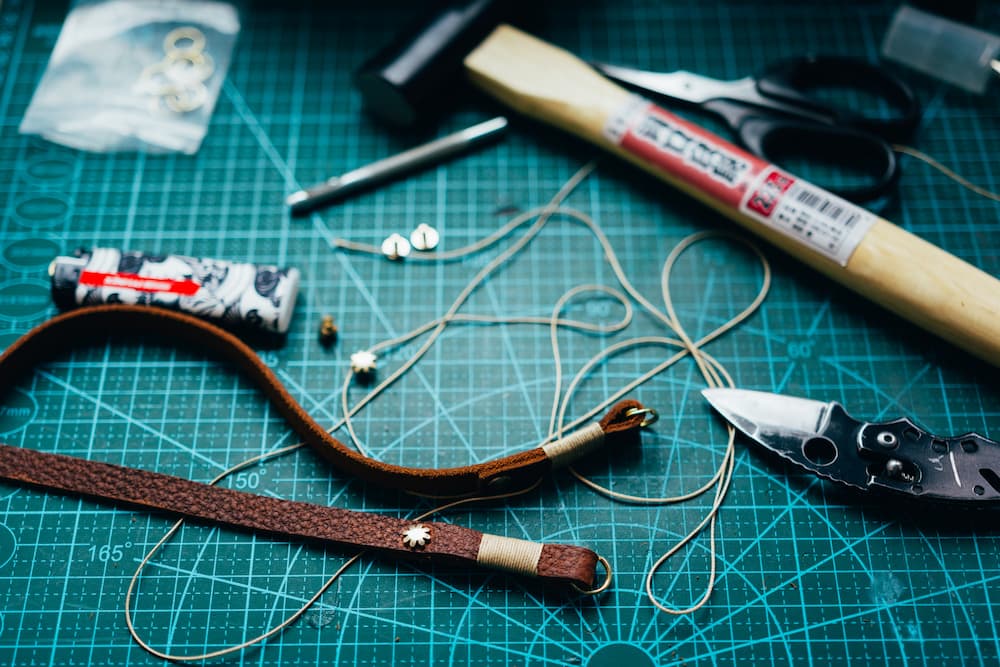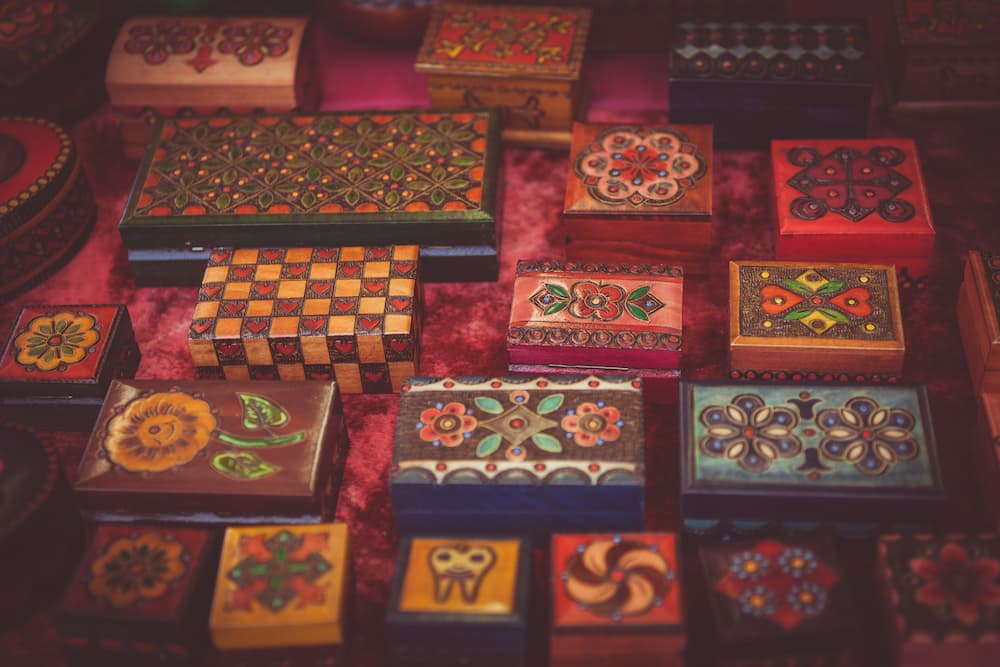
There is a fairly large list of more or less popular types of needlework. Moreover, some of them are already considered international, since history controversially determines the country of their origin. But you can always single out the types of needlework that are most in demand in a particular country, for which certain materials are used.
The main types of needlework
Despite the diversity, it is possible to compile a relatively accurate classification of needlework if you focus on the material used. And then everything is more or less defined. A clear classification will help a beginner to quickly figure it out and try what he likes best.
What can be made from fabric
The online store of fabrics for needlework gives you the opportunity to try yourself in different directions:
Sewing. This means not only clothes, but also a large number of accessories and crafts, including Tilda dolls and other soft toys;
Painting on silk, or batik. This can be not only a panel, but also as a decoration for items of clothing;
Patchwork (patchwork). A technique suitable not only for sewing household items, but also for creating interior decorations;
Guilloche. A special technique of burning patterns on the fabric. It is used for the manufacture of household items and for interior decoration;
Kinusaiga – making appliqués from small pieces of fabric. In this case, no threads are used.
Popular types of needlework from threads
Anything for needlework that uses threads can be purchased at your regular needlework store. These are threads of different compositions and colors, but also a large number of devices.
Knitting. This means not only knitting clothes, but also various decorations that can be used as kitchen utensils or interior decor;
Yarnbombing (street knitting). To be more precise, it would be more correct to say that this is tying objects and trees in particular. This has become fashionable to decorate parks and other places of recreation for people, and more and more technology is used to tie up interior and household items;
Amigurumi. Technique for creating knitted miniature animals, the size of which is no more than 5 cm;
Quilting. A technique that allows you to create various fragments of patterns and independent figures from threads to compose a general picture. Widely used to decorate postcards, wall paintings, jewelry boxes and a wide range of interior crafts;
Weaving lace for decorating clothes, linen and things that are actively used in everyday life. Including items for interior decoration (for example, using macrame technique);
Ganutel. In this technique, wire is also often used. Correctly chosen combinations and good skills make it possible to get fantastically beautiful jewelry.
Types of handicrafts made from natural materials
- Ikebana is the most famous type of needlework that came to us from the Far East. The technique involves the use of dried or live plants, flowers and branches. Crafts in the interior look amazing with a sense of proportion;
- Straw souvenirs. In most cases, these are objects used in everyday life;
- Mosaic panels from multi-colored pieces of shell. To get a highly artistic work, you need to apply a lot of patience, given the fragility of the material;
- An even more laborious type of needlework is a mosaic using fish scales;
Solid wood works. This is either burning or painting. In any case, with a high level of skill, very beautiful paintings are obtained;
Oshibana is a rare kind of needlework for Russia, when intricate pictures are made from different processed leaves.
Thread
Different materials are suitable for this technique:
- Gypsum;
- Natural stone;
- Bone;
- Eggshell;
- Wood.
The most difficult material from the ones listed above is the shell because of its increased fragility, but if a high-level master takes on the job, then real masterpieces are obtained that take a worthy place in the interior, making it exquisite. Another type of carving is considered carving – carving on food. Although such masterpieces do not “live” for long.


